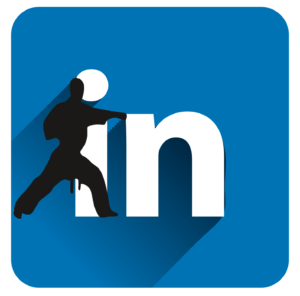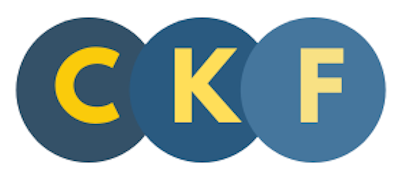Most of us use some sort of social network in our day-to-day social lives but for many of us LinkedIn still remains something of a mystery.
You may have a LinkedIn profile but do you use it to it’s fullest potential? Many of my clients have a profile but are often unsure why they have one and what they are meant to do with it. Consequently these profiles sit in the vast emptiness of cyber space like a forgotten old antique, unloved, unseen and unwanted.
If this sounds like your LinkedIn profile then I’m here to tell you that it’s time to blow the cobwebs off your profile and get it working for you properly so that it becomes an incredibly powerful tool for your professional life and your career prospects!
The following post assumes you know very little of what to do and will explain how to get started.
Why Linkedin?
So before we get into the ‘how’ you need to understand more about the ‘why’. As of April 2017 LinkedIn had 500 million users from more than 200 countries. LinkedIn lists more than 10 million active job posts and data on more than 9 million companies. Over half of LinkedIn’s users log in at least once a month, meaning that there are plenty of engaged users who are looking to make connections.
From a career perspective this offers you two opportunities.
1) The opportunity to grow your own professional network and make connections with other LinkedIn users that will enhance your own professional development.
2) An opportunity to be seen by potential employers. This is because social recruitment is now huge and will only grow. Every day recruiters are looking over millions of LinkedIn profiles and it may well be that they have seen yours – so ask yourself: what have they seen?
If the answer is ‘a polished profile that gives any employer an up to date snap of shot of my career to date and where I want to be’, then congratulations you are well on your way! However, I suspect that many people reading this have got as far as putting up a poorly framed out of date photo plus a couple of partially completed sections, before giving up.
But don’t give up! Follow these easy steps and start your journey to LinkedIn mastery!
 How to create a basic LinkedIn profile:
How to create a basic LinkedIn profile:
1) Visit www.linkedin.com and either login or sign up: It’s free and easy to use and set up.
2) Once you are logged in create an accurate and compelling headline: This is one of the most important sections of your LinkedIn as it shows up on line when people search your name and is the first thing people read. First impressions – the headline and summary sections of your profile are the first things a potential connection will read and often show up in online searches of your name e.g.: Expert CV & LinkedIn writer and Trainer for Back to work organisations.
3) Include a photo: Increase your views 11 fold by including a photo (colour, headshot, professional)
4) Customise your URL: It helps people find you. To begin with, mine read: www.linkedin.com/pub/uk/charlotte-eve/5b/75/6a > Now it reads: Charlotteevecvwriter
5) Create a strong summary: Comprising 2000 characters that earns the attention of your audience – include your contact details & media if you can.
6) Complete the experience section in first person voice: Keep the tone conversational and to the point. Include your achievements, not the routine tasks that you do every day.
7) Ask for recommendations and skills endorsements: Statistically, an individual with recommendations in their LinkedIn profile is three times more likely to be contacted about an opportunity than someone who has not.
8) Make it complete: Include projects, interests and causes
Now you’re underway! If you have followed the above steps you should have an eye catching, professional and comprehensive profile. If all that seems too overwhelming, then get in touch and I can help create a profile for you.
But it’s not enough to have a well-groomed and up to date profile. Your profile will grow in strength and stature if you now get social.
1) Start making connections! Make connections – 50 connections can soon lead to 500. Try to personalise your invitations – it will increase your chances of being accepted.
2) Join groups – in your area of work search for ‘groups’ that you can follow for free this connects you with like-minded peers.
3) Share industry relevant news, opinion pieces etc. Like Facebook except minus the cats (unless your career is in something like veterinary science)!
4) Post articles. If you write something that really engages with your audience others will share it on your behalf and you could reach large numbers of people.
Hopefully this is a useful start on your journey to becoming a LinkedIn master but if you are still unsure whether it’s worth investing the time then get in touch and I’ll help you on your way!
